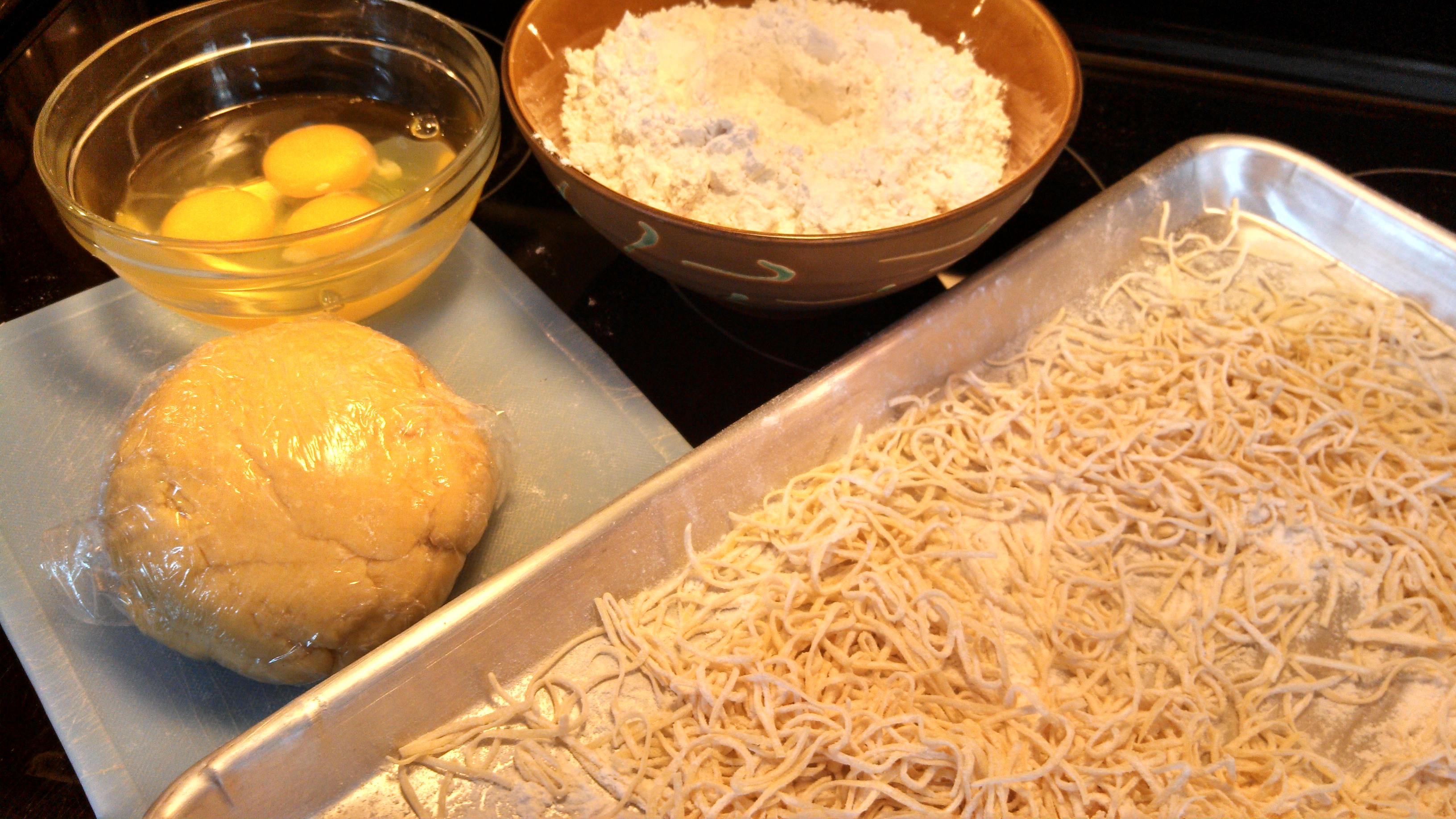You should always use a thermometer to get the best results for candy making, but most of the older recipes refer to the following terms. So I included this guide to give you a reference for making your candy. If you’d like to try the cold water test, keep a bowl of cold water next to your stove while you cook and you can drop a bit of the syrup into the water to see the different stages it goes through as the temperature rises. The more water that evaporates out of the sugar syrup, the higher the temperature goes.
Thread Stage – begins at 230 degrees F.
- Makes a long thread when dropped in cold water.
- Forms a soft ball that doesn’t hold its shape. Cream candies, fudge, fondants.
- sugar concentration: 85%
Firm Ball – 245-250 degrees F.
- This ball will only flatten with pressure. Divinity and Caramels.
- sugar concentration: 87%
Hard Ball – 250-265 degrees F.
- This ball will hold its shape when pressed. Taffy.
- sugar concentration: 92%
Soft Crack – 270-290 degrees F.
- Separates into bendable threads. Toffee and Butterscotch.
- sugar concentration: 95%
Hard Crack – 300-310 degrees F.
- Becomes brittle. Peanut Brittle.
- This is usually the highest temperature you’ll use for candy making.
- sugar concentration: 99%
Caramelize – 310 degrees F and above. Your sugar syrup is now at 100% concentration.
- 320 degrees F. – light amber color
- 338 degrees F. – brown liquid stage
- 350 degrees F. – burnt sugar stage

